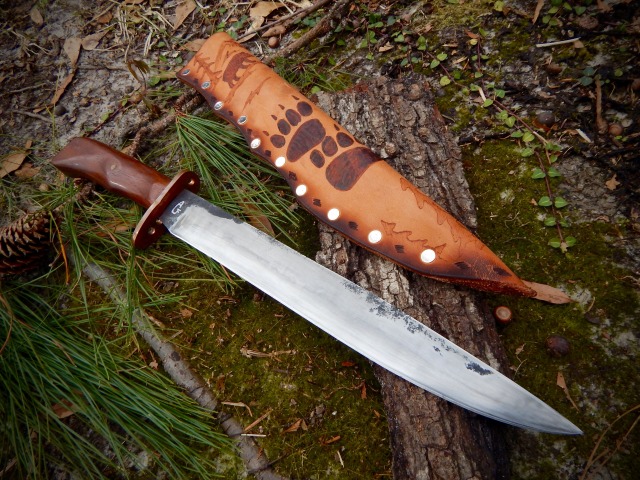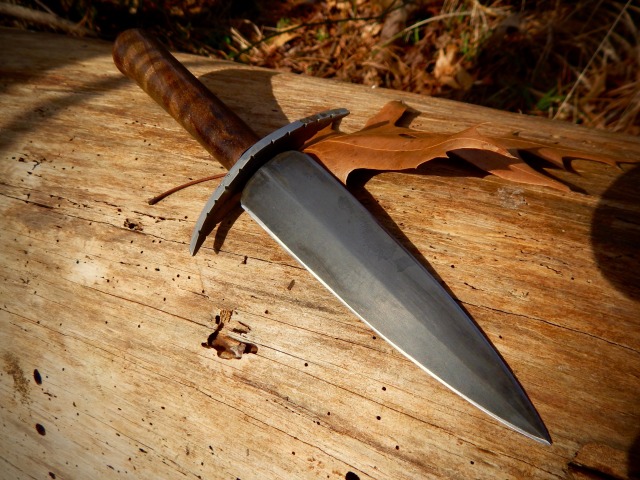

Unfortunately, while the DMG provides values for magic items based on their rarities, those values just wouldn’t work for Angr圜raft. And I had to do that based on the assumption that a magic item should require between three and eight units of materials to craft. Specifically, I had to figure out how much the materials should be worth based on the worth of the magic items they’d be used to make. I had to use the existing magic item list to help me define the materials that the players would use to craft magic items. In my last article on this topic, I explained that I had to design the Angr圜raft system backward.
THE ANGRY GIANT FORGE HOW TO
Because this week, I’m talking about… How to Price a Magic Item And that interesting, fun bit is what I’ll talk about… next week. Meanwhile, while I wasn’t assigning prices to every magic item in the game, I was doing something a lot more interesting and fun.


I figured out a way to get them to assign themselves. Because it kept me from having to actually assign prices to every magic item in the game. And then, when I realized I was doing my job the stupid way, it made everything A LOT easier. And when I realized that, it made my job easier. So, we’re just going to assume they’re not. The point is that the prices in D&D aren’t really broken. Because people who scream the word ‘broken’ generally don’t have anything useful or intelligent to say and I can just delete their comments. I know lots of people scream about how the magic item prices in D&D are broken. I just finished designing the pricing scheme that’s already half-baked into D&D. In fact, that’s the least interesting thing I did. I assigned prices to all the magic items in the D&D DMG. Believe it or not, I actually did what I said I was going to do two weeks ago.


 0 kommentar(er)
0 kommentar(er)
